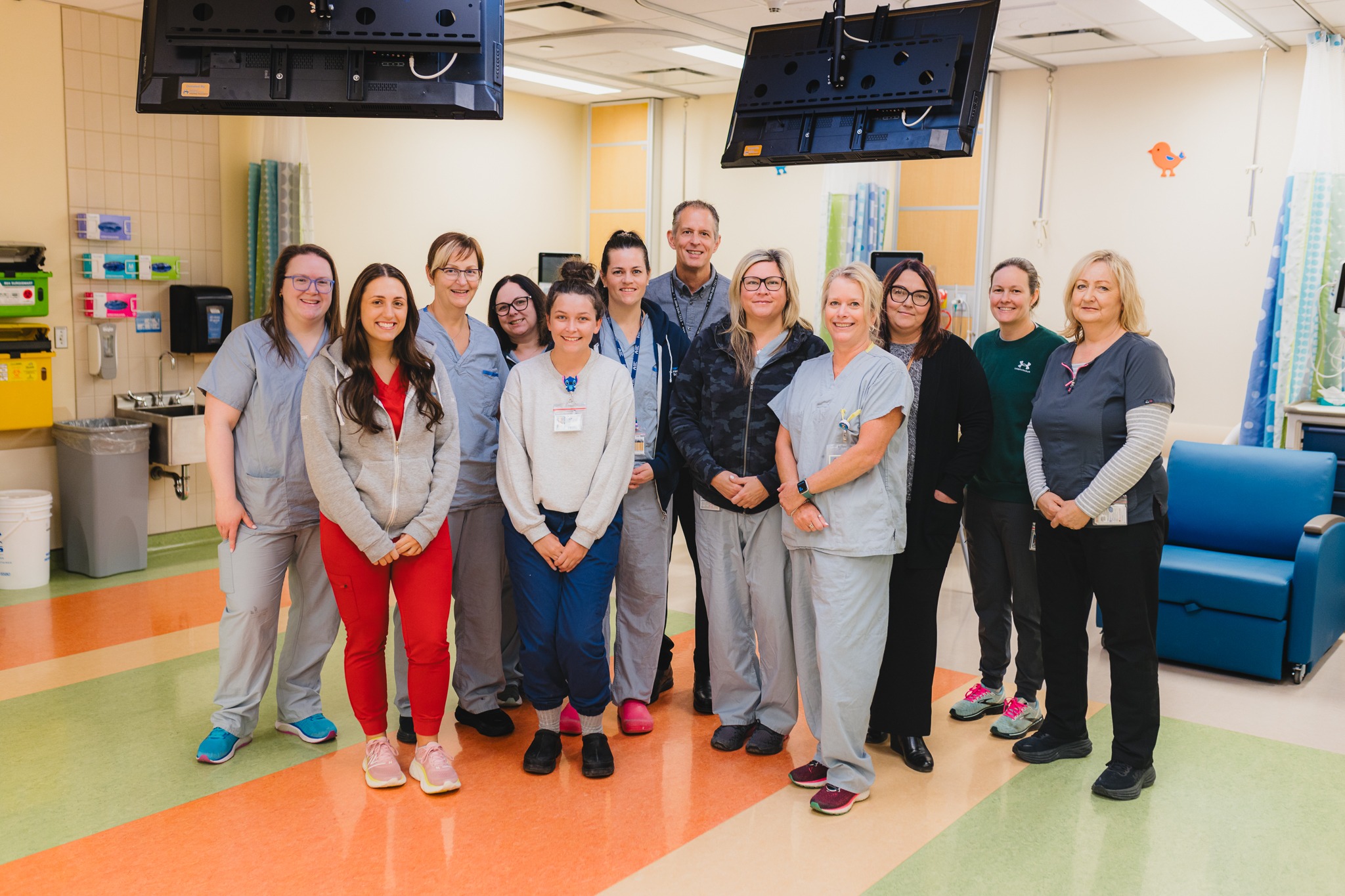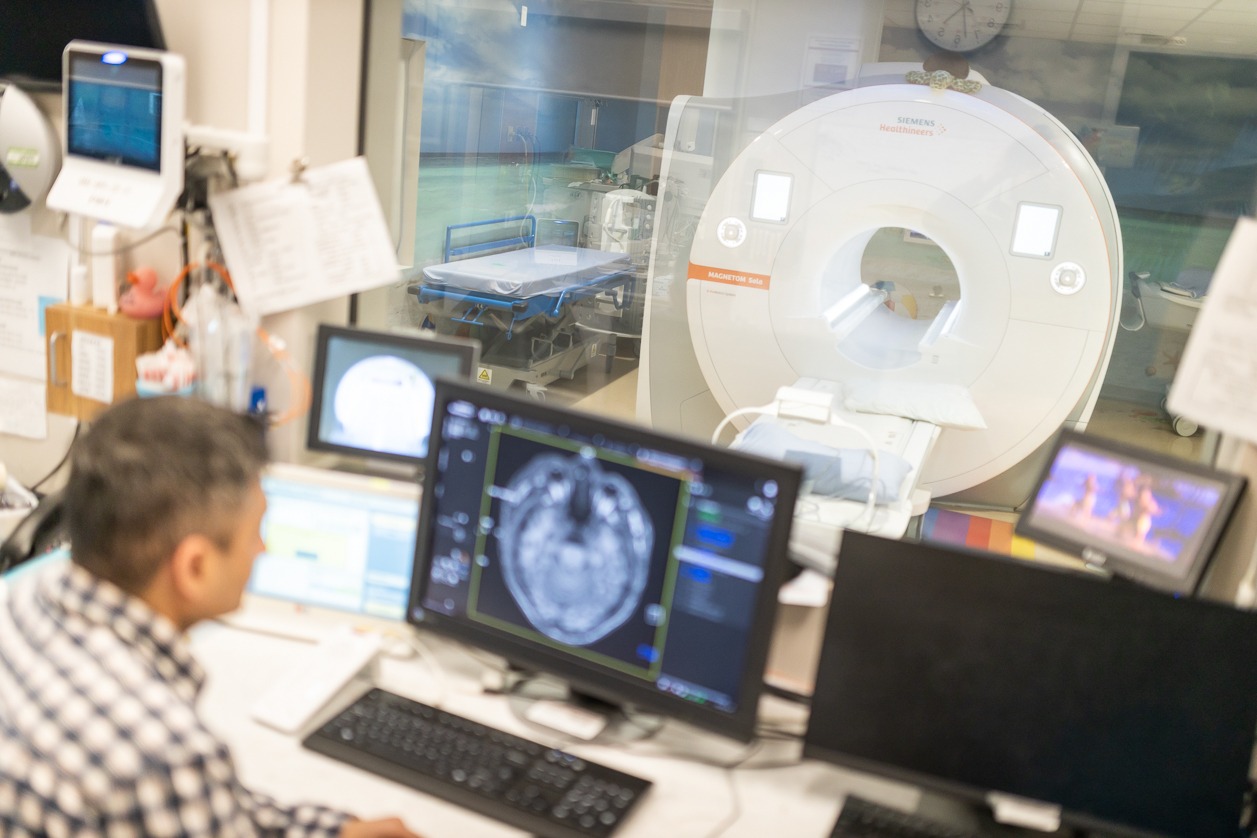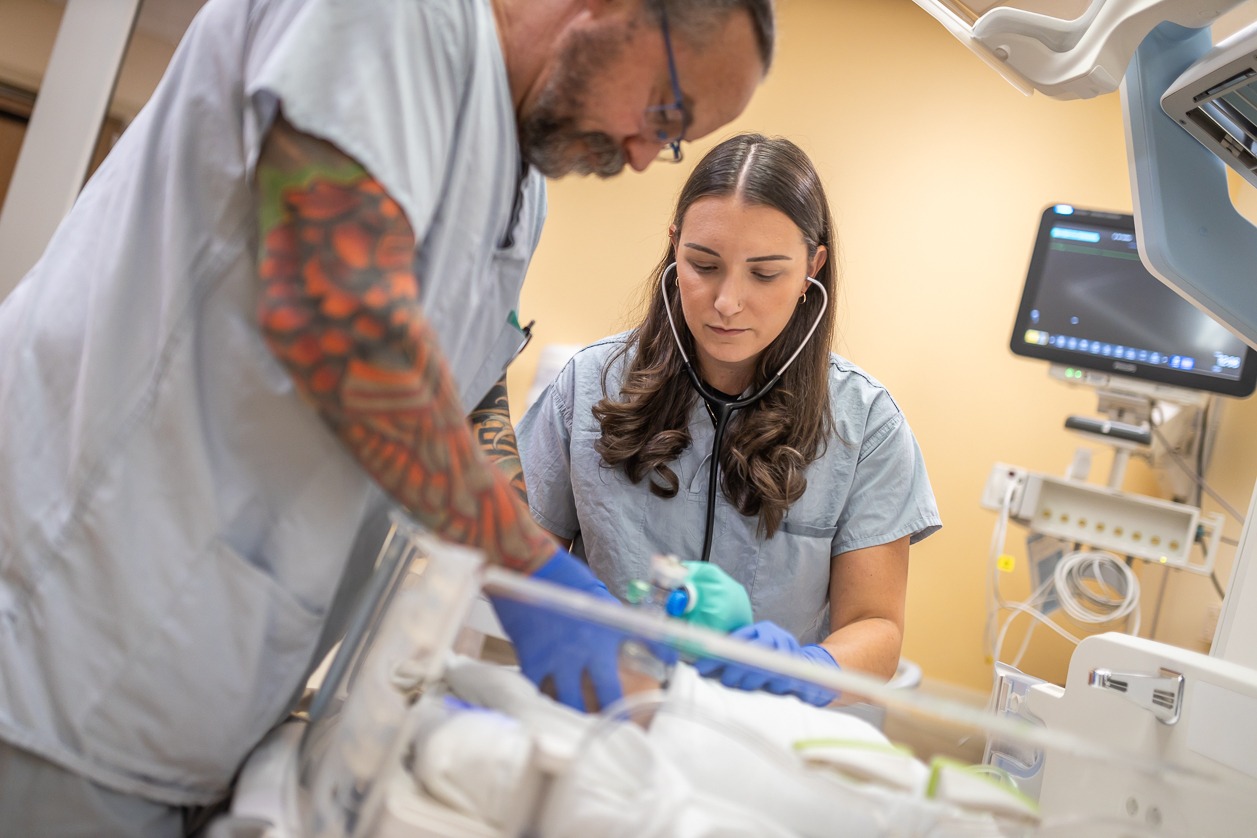
Nerve freezing technology a game-changer for MCH patients
Mississauga teenager Brandon Philip was interested in elective surgery to correct a bowl-like cavity in his chest caused by pectus excavatum, a defect where the breastbone is sunken in. The abnormality wasn’t endangering his health, but it made the 17-year-old feel self-conscious and often sparked questions from other kids.
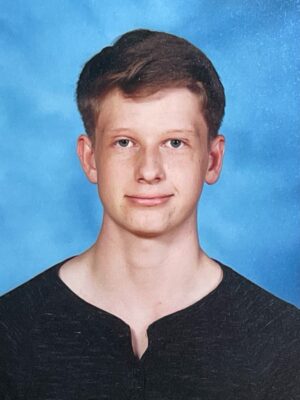
Brandon Philip, MCH patient
After meeting with pediatric surgeon Dr. Mark Walton at Hamilton Health Sciences McMaster Children’s Hospital (MCH), and learning that the recovery would be long and extremely painful, Brandon opted not to go ahead.
“I do a lot of surgeries, and this is the most painful one in terms of recovery,” Walton always cautioned patients and their parents.
Game-changing technology
But after a few months, Brandon reconsidered and booked another appointment with Walton. The timing was perfect, because MCH had just introduced innovative nerve freezing technology specifically for this surgery that’s highly effective in helping patients manage pain post-operatively.
“Making the decision to go ahead was definitely easier after learning that this pain management was available.” — Brandon Philip, patient
“The cryo nerve block technology has been a game changer,” says Walton, adding that it was introduced at MCH in January. Brandon had the surgery in March and is recovering well at home.
“Making the decision to go ahead was definitely easier after learning that this pain management was available,” says Brandon. While he still experienced pain post-operatively, it was manageable and he could walk the next morning – something that wouldn’t have been possible prior to cryo nerve block.
Brandon’s parents were relieved to know he would have a more manageable recovery. “As a parent you worry about your child having surgery, and elective surgery is a big decision, but we felt very comfortable with the team at McMaster Children’s Hospital,” says his mom Sheryl.
Walton and pediatric surgeon Dr. Michael Livingston have performed this surgery on five patients since the technology was introduced. They’re supported by large team that includes residents, fellows, anesthesiologists, registered nurses, a nurse practitioner and physiotherapists.
What is pectus excavatum?
With pectus excavatum, the breastbone is sunk into the chest creating a bowl-like pit. It typically becomes more noticeable with age, and can be especially obvious on tall, lanky teens. It’s most common in boys, though some girls also have this abnormality. It rarely causes complications, such as pressure on the heart or lungs, so surgery is done for cosmetic reasons.
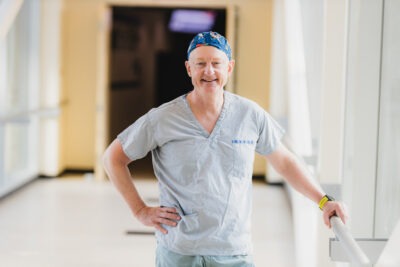
Dr. Mark Walton, HHS pediatric surgeon
“The main issue is often a teen’s body image and sense of self-worth,” says Walton. “The psychological impact of having this kind of abnormality is often underemphasized, and correcting it can make young people feel much better about themselves.”
Brandon was 13 years old when the dip in his chest became visible. As he grew taller, it grew and deepened. While Brandon wasn’t teased, kids were curious. “They would notice in situations like swimming where I’d have my shirt off,” says Brandon, adding that even swimming lessons were challenging. “Our swimming instructor would tell is to keep our chest above water when we swam on our backs, but my bowl would fill with water and I’d start to sink.”
Nerve freezing technology a game changer
Surgery to correct pectus excavatum involves inserting a metal bar under the depressed breastbone to force it into a normal position.
“We’ve done this surgery for decades at MCH, and the challenge has always been the degree of pain that patients experienced during the long recovery of about three months,” says Walton. Prior to introducing cryo nerve block, patients could spend up to five days in hospital post-surgery, followed by weeks of slow and painful recovery at home.
Surgeries would often be scheduled for summer so patients had time to recover without missing much school. Parents were often required to take long stretches of time off work to care for their child, and multiple medications including morphine were prescribed to help manage the pain.
Now, with the use of cryo nerve block, patients can return home the day after surgery with manageable pain that turns into numbness before disappearing completely after a few weeks, and they can start regular activities, including contact sports, after about three months.
How it works
Cryo nerve block involves using a special probe to freeze nerves in the chest, underneath ribs, since they’re the main source of pain after surgery. The technology’s unique freezing method blocks nerves from transmitting pain signals for several months.
It takes about 16 hours to freeze these nerves completely, so for the first day after surgery a nerve block administered by an anesthesiologist is used to manage post-operative pain. “By the time that wears off, the cryo nerve block has kicked in and nerves are frozen,” says Walton. Instead of ongoing pain, patients experience numbness which fades with time as nerves grow back.
The hospital has also recently acquired a special retractor that makes the surgery even safer, because it helps lift the breastbone so there’s more space to thread the metal bar through the chest cavity, in front of the heart.
“We’ve never had a problem in the many years we’ve performed this surgery, but elsewhere there have been cases where the heart was injured during this procedure,” says Walton. “So the retractor is another really great innovation for our team.”
Brandon says he experienced pain directly after surgery, but it lessened after three to four hours. He felt pain at home in the days following surgery, but it was manageable.
“And now I can definitely feel the numbness,” says Brandon, who was able to return to school after a few weeks and is looking forward to getting back to gym workouts and playing basketball with his friends once he has fully recovered in three months.

